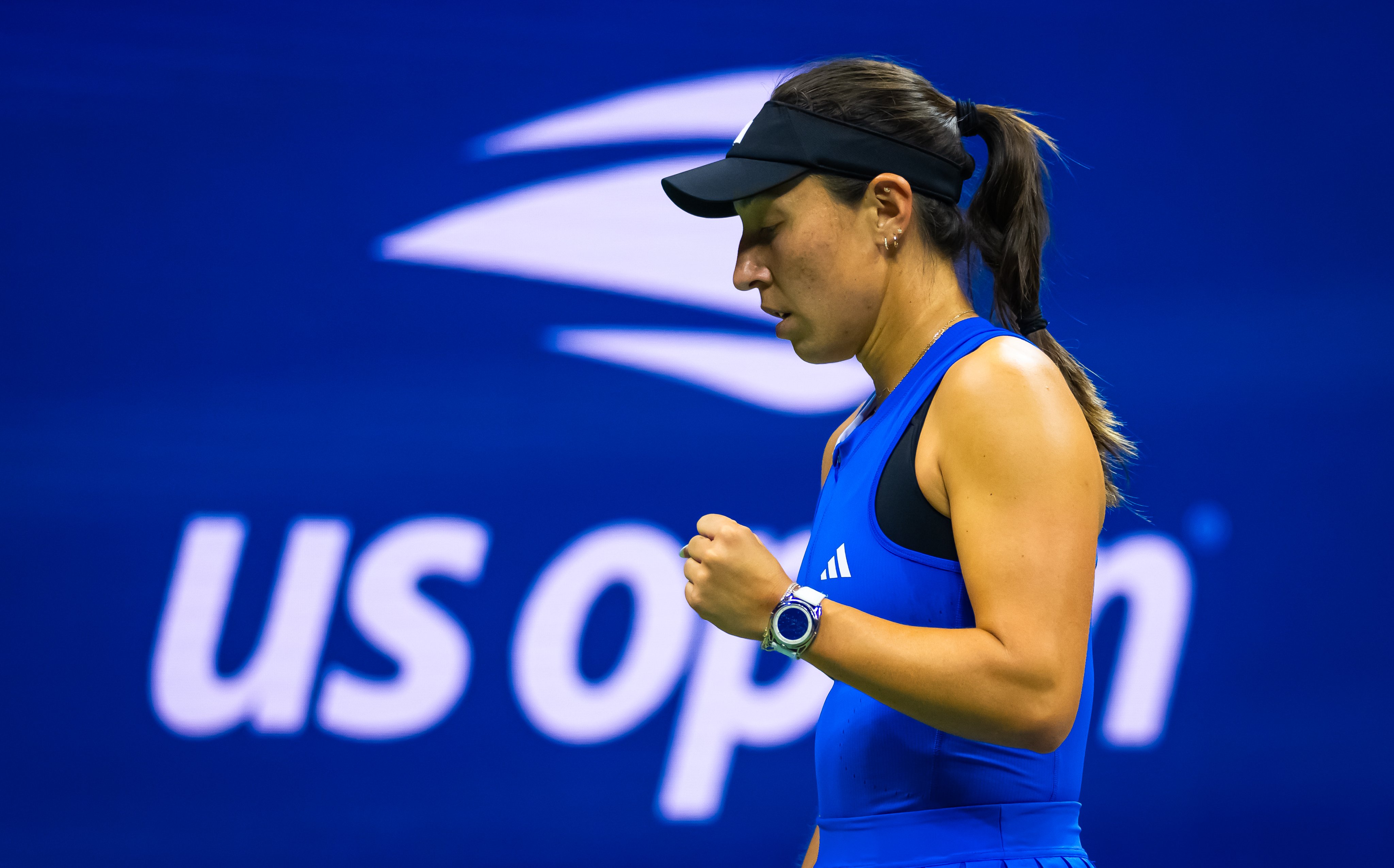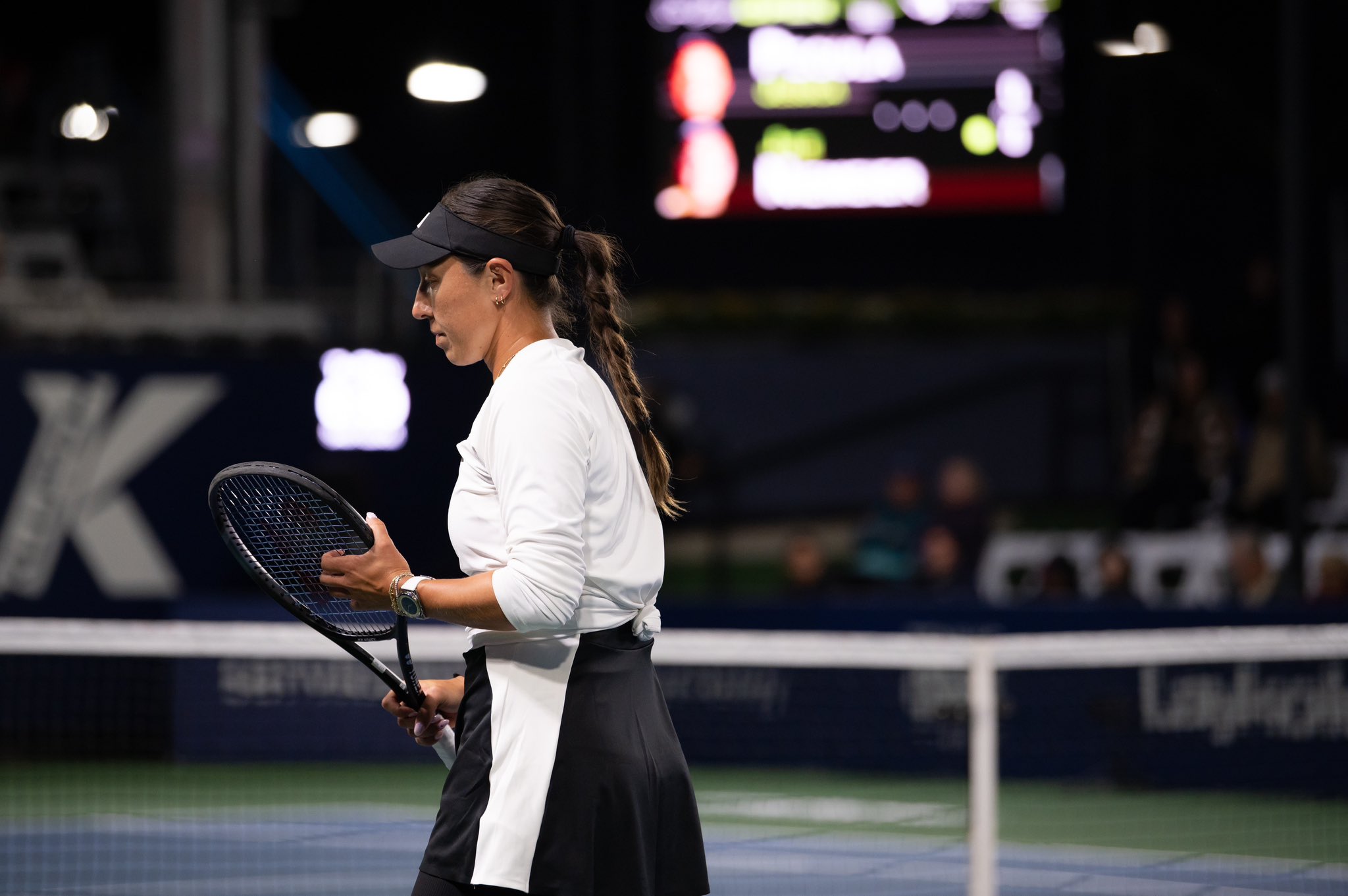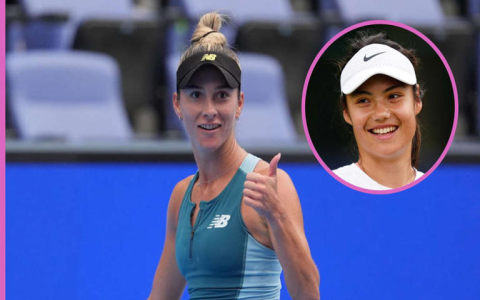Alright, so today I’m gonna walk you through my little experiment with Kelly Pegula. Heard some buzz about it online, seemed like a cool thing to try, so I dove in headfirst. Here’s the lowdown.

First thing’s first, I googled “Kelly Pegula” to make sure I knew what I was getting into. Found a bunch of tennis related stuff, but I was going for something different. After a bit more digging, I stumbled upon some cool examples and explanations that gave me a better understanding.
Next, I grabbed the necessary tools. I needed a suitable dataset. I ended up using a publicly available dataset on *. I downloaded the .csv file and got to work.
Then I cleaned the data. There were some missing values and inconsistencies in the dataset, so I used pandas to handle those issues. Nothing too fancy, just filled in the gaps with the mean or median where it made sense. I renamed columns to be more readable and converted datatypes where needed.
Now, the fun part: implementation! This involved diving into the code and bringing the Kelly Pegula concept to life. I used scikit-learn for data normalization and model training. I split the data into training and testing sets, trained the model, and then evaluated its performance using appropriate metrics like mean squared error and R-squared.
Visualizing the results was important. I used matplotlib to create plots and charts that showed the model’s predictions versus the actual values. I plotted the residuals to check for any patterns or biases.
Finally, I documented everything! I wrote a detailed report that explained the entire process, from data collection to model evaluation. I included all the code snippets and visualizations in the report.
Here’s a quick rundown of the code I used:
- `import pandas as pd`
- `from *_selection import train_test_split`
- `from *_model import LinearRegression`
- `import * as plt`
I tweaked and tinkered until I got the results I was looking for. It was a bit of a headache sometimes, debugging here and there, but hey, that’s part of the process, right?

Overall, it was a worthwhile learning experience. I definitely gained a better understanding of the entire process. Would I do it again? Absolutely! And maybe next time, I’ll try a different approach or a different dataset to see what happens.













